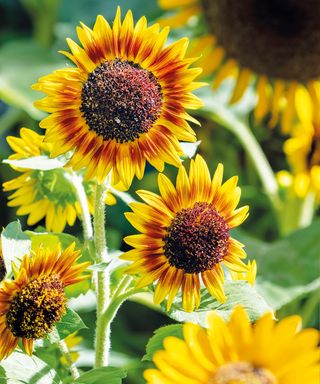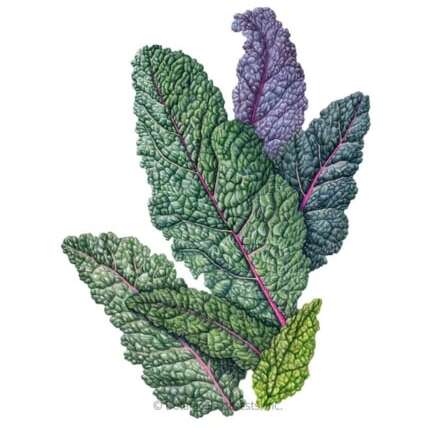Harvesting seeds from favorite flowers is an easy, cost-effective way to keep the blooms going in your garden for years to come. September is an ideal time to save many seeds, so take a look at your flower beds to see which varieties are ready.
Learning how to harvest flower seeds is all about timing – doing it too soon will result in underdeveloped seeds. Leave flowers in place on plants and let them mature until the seed heads or pods are brown and dry.
Seed Harvesting Step-By-Step
1. Snip off the spent flowers and seed heads using scissors or hand pruners.
2. Pick over the seeds to remove any pods, husks, and other plant matter.
3. Spread the seeds on a paper towel and leave them in a cool, dry spot for about a week to ensure they are fully dry.
4. If storing for use next year, place the seeds in airtight, labeled containers.
5. Store seeds in a cool spot where moisture and light cannot reach them.
Some seeds can be replanted immediately, while others are best saved for sowing next spring. There are many flower seeds to sow in September, particularly hardy perennial flowers – the seeds will wait until spring or early summer next year to emerge and provide additional blooms. When starting seeds, just be aware that some perennials take a year or two to reach maturity and flower.
The seeds of annual flowers are also worth saving, but you’ll sow them next year, either starting seeds indoors or sowing outside after the last frost. Learn how to store seeds properly to prevent them from rotting.
Select seed heads and pods of your best-performing flowers, as these are most likely to produce successful new plants. However, bear in mind hybrids will not grow true from seed. You can have fun experimenting with hybrid seeds, but the new plants will not be the same as the parent plant.
With practice, you’ll get to know the best flowers to propagate by collecting seeds. Start this month with our top flower picks.
1. Sunflowers
(Image credit: Shutterstock)
Harvesting sunflower seeds is easy as they are large, easy to identify, and simple to collect and store.
To protect the developing seeds from wildlife, cover the spent flowers with paper bags or remove them early and hang them indoors to dry.
When ready, remove the seeds by hand and rinse them before laying them out to dry and store.
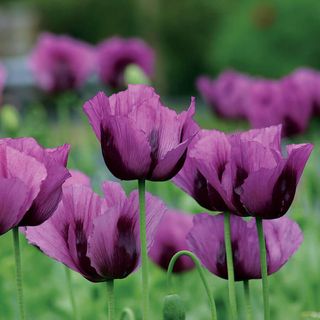
Shop for Flower Seeds to Sow in Fall
A surprising number of flower seeds can be planted in the fall. Discover the best-performing varieties, as well as seed-starting essentials, to fill your garden with joyous blooms.
2. Black-Eyed Susan
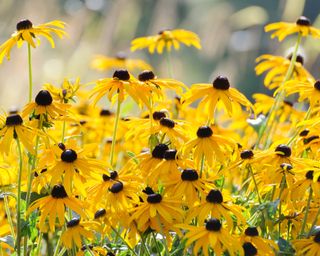
(Image credit: Getty Images)
Collect black-eyed Susan seeds to sow directly into the ground or to save for an early start in spring.
The seeds are small and not easy to pick out of the rest of the flower as with sunflowers. A helpful technique is to put the dried seed heads in a glass jar with a lid. Shake the jar to dislodge the seeds and pour the contents through a sieve to separate them from the rest of the plant material.
3. Coneflowers
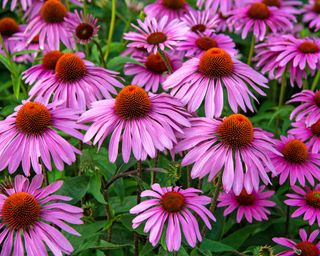
(Image credit: Getty Images)
Coneflowers are similar to black-eyed Susans in that they hold their seeds for a long time. This makes it easy to collect a lot of seeds because they remain on the flower instead of dropping.
Harvest coneflower seeds by hand, running your thumb along the seed head, or using the jar-shaking method.
If removing seeds by hand, wear gloves – the flower head is spiky and can be irritating.
4. Nasturtium
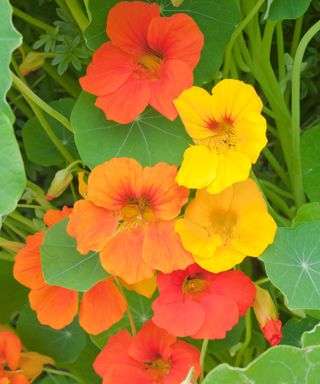
(Image credit: Alamy)
Pretty annuals, nasturtium flowers are edible – along with their seeds, which have a peppery flavor. But save some to grow more flowers next year.
Harvesting nasturtium seeds is easy as they are fairly large. They look like dried, tan, shriveled peas when ready to collect.
If you have to pick the seeds off, they’re not mature yet. They should fall right into your hand or onto the ground. You can use the fallen seeds if they look whole and have not rotted.
5. Morning Glory
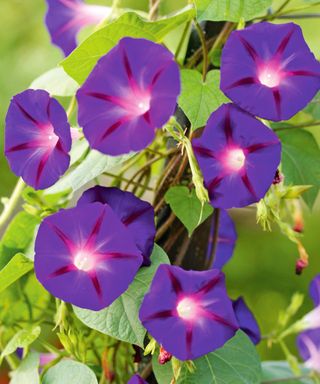
(Image credit: Alamy)
Morning glory is a pretty vining flower that may be perennial or annual, depending on where you live. It can be a perennial in USDA hardiness zones 9 through 11 but is annual in colder areas.
Harvesting morning glory seeds is very straightforward. Look for small round pods after the flowers have died. Crack open dry, hard, brown pods to find small black seeds inside. They are easy to remove, dry, and store.
6. Coreopsis
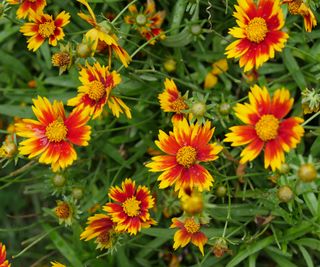
(Image credit: Getty Images)
Coreopsis is a cheerful native perennial with yellow flowers that bloom in summer. Keep an eye on the plants for the best time to collect seeds.
Growing coreopsis is easy and the flowers bloom for a long period, so you’ll see seed heads ready for harvesting while some flowers are still fresh and in bloom.
Start harvesting when the seed heads are brown but still closed. Once they open, the seeds will disperse. Remove the seed
heads and crush them between your fingers to get to the seeds.
7. Cosmos
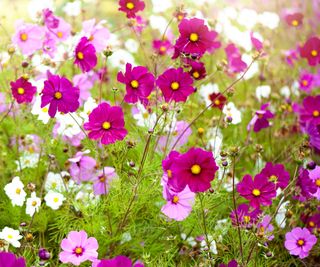
(Image credit: Jacky Parker Photography / Getty Images)
Cosmos are annuals with daisy-like flowers that come in many colors and put on a long show all summer and even into fall.
It’s easy to collect cosmos seeds and plant them in spring. Just be sure you don’t have a hybrid variety, or the seeds won’t grow true.
Remove the seed heads when they are brown and dry and snap easily off the stem. Crack each individual seed pod with your fingernails to remove the seeds.
8. Snapdragons
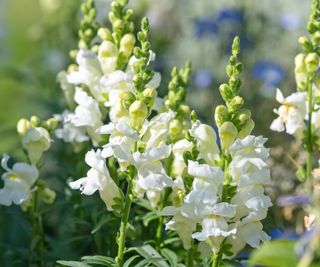
(Image credit: Shutterstock)
Collecting snapdragon seeds is well worth the effort as these annual flowers are easy to propagate and bloom all summer long.
They produce distinctive seed pods that look like dried brown skulls. It’s hard to miss them, which makes it easy to determine the best time to harvest.
Simply remove the dried pods and shake them to hear them rattle. If they don’t rattle, they haven’t dried enough. When they’re ready, crack open the pods to remove the seeds.
This article features products available from third-party vendors on the Gardening Know How Shop.


